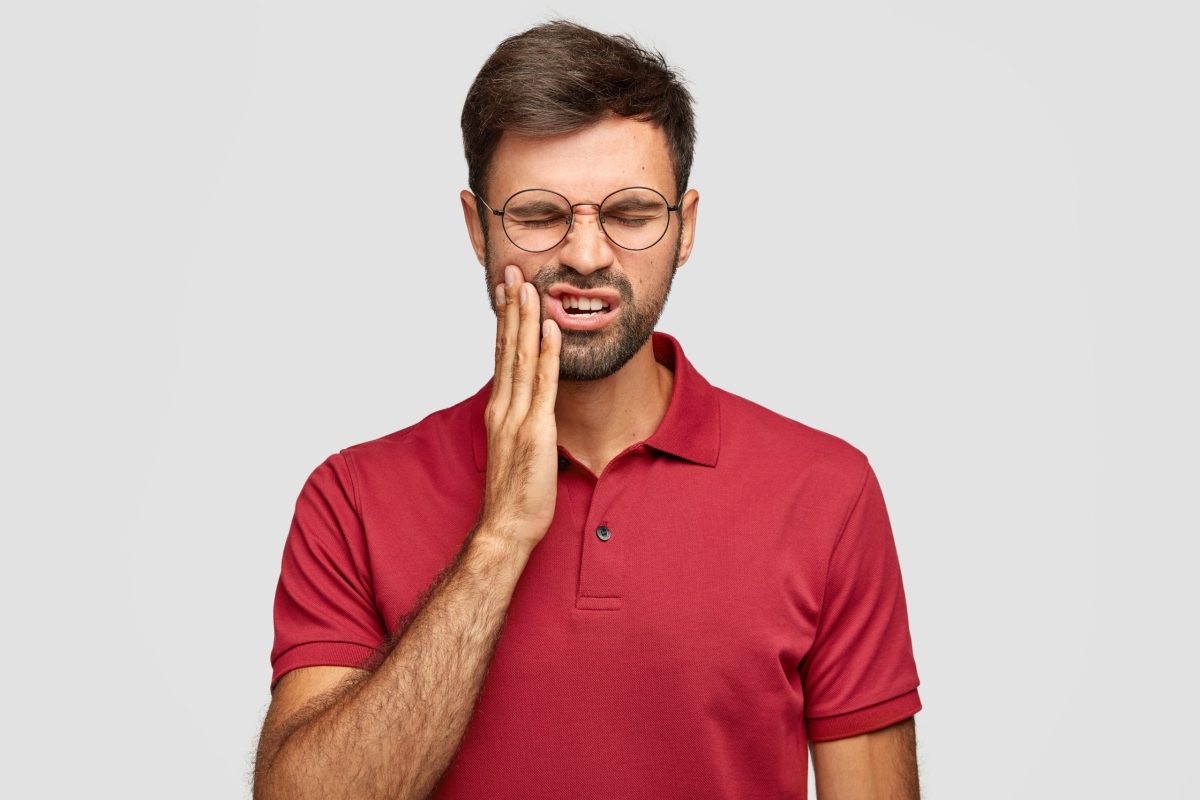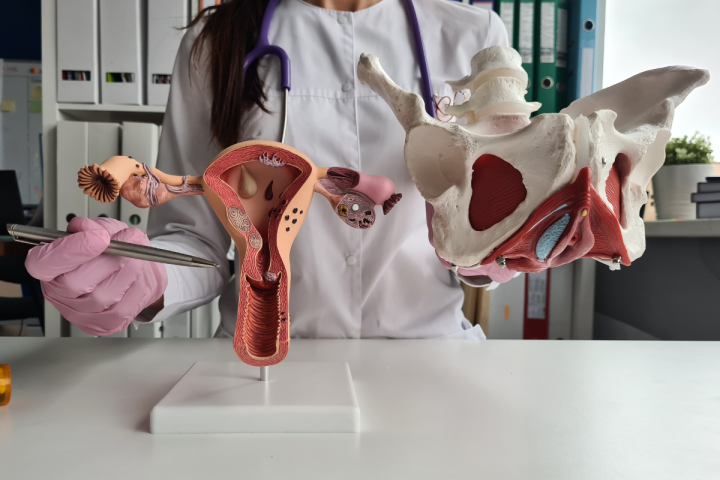Leaping mandible, also known as Temporomandibular joint disordercan be bothersome and painful. The temporomandibular joint is a combination of two bones separated by an articular disc. When the disc moves, there can be a snapping and popping sound in the joint.
Causes of mandibular jumping
Leaping mandible, can have various causes. These include:
- Structural disorders of the temporomandibular joint. These may be related to misplacement of the articular disc, damage to the joint or inaccuracies in the anatomical structure.
- Excessive wear and tear on the temporomandibular joint. Constant grinding of teeth (bruxism) or a bad bite.
- Injuries to the jaw area, such as blows to the jaw, falls or car accidents,
- Muscle tension: Severe muscular tension in the jaw area, can cause the jaw to jump. This is often caused by stress or tension.
- An abnormal bite in which the upper and lower teeth do not fit together properly.
Treatment of mandibular jumping
Several treatment options are available for leaping mandible. These include:
- Pharmacological treatment consisting of non-steroidal anti-inflammatory drugs or analgesics.
- Overnight braces: for people whose jaw jumping is caused by abrasion of the teeth during sleep, the doctor may recommend wearing a special safety brace at night to protect the teeth and reduce stress on the joint.
- Physiotherapy You may find it helpful to see a physiotherapist who specialises in temporomandibular joint disorders. He or she can carry out various exercises, massage, heat or cold therapy and techniques to relax the jaw muscles.
It is important to consult a doctor, usually a dentist or temporomandibular joint disorder specialist, who can recommend appropriate treatment.

Leaning mandible and physiotherapy
When you start to experience pain or swelling in the joint area, it is worth seeing a physiotherapist to alleviate this unpleasant discomfort or to eliminate the snapping altogether. This is because physiotherapy can be an effective treatment for mandibular jumping or other temporomandibular joint disorders The ways in which physiotherapy can help treat mandibular jumping include:
- Muscle exercises: Physiotherapists can carry out exercises to strengthen and relax the jaw muscles and improve their balance. These include o isometric exercises performed without movement and dynamic exercises. Improving muscle strength and flexibility can help to stabilise the joint and reduce jumping.
- Joint mobilisation. Manual techniques are also among the helpful methods. These include gentle manipulations of the temporomandibular joint. performed to improve its mobility and balance. Mobilisation can help to alleviate movement restrictions that may contribute to mandibular jumping.
- Manual therapy and massage: Manual therapy techniques such as massage, musculo-fascial mobilisation techniques and stretching can be very effective. They reduce muscle tension, improve circulation and relieve pain.
- Heat and cold therapy: Applying heat or cold to the mandibular area can help to reduce swelling, reduce muscle tension and relieve pain.
Physiotherapists can also give advice on correct posture and avoiding factors that lead to muscle tension and jumping of the jaw. They can also advise on healthy chewing habits, avoiding excessive stress on the joint and other factors that contribute to worsening symptoms.
How to prevent the mandible from jumping?
The prevention of mandibular skipping can be influenced by:
- Maintaining proper posture. Improper posture can affect the temporomandibular joint.
- Avoiding excessive stress: Stress can contribute to jaw muscle tension and exacerbate symptoms. Practising relaxation techniques such as meditation, deep breathing or yoga can help reduce stress and muscle tension.
- Giving up hard and sticky foods: Avoiding foods that require a lot of chewing effort or are sticky can reduce the strain on the temporomandibular joint and alleviate symptoms.




